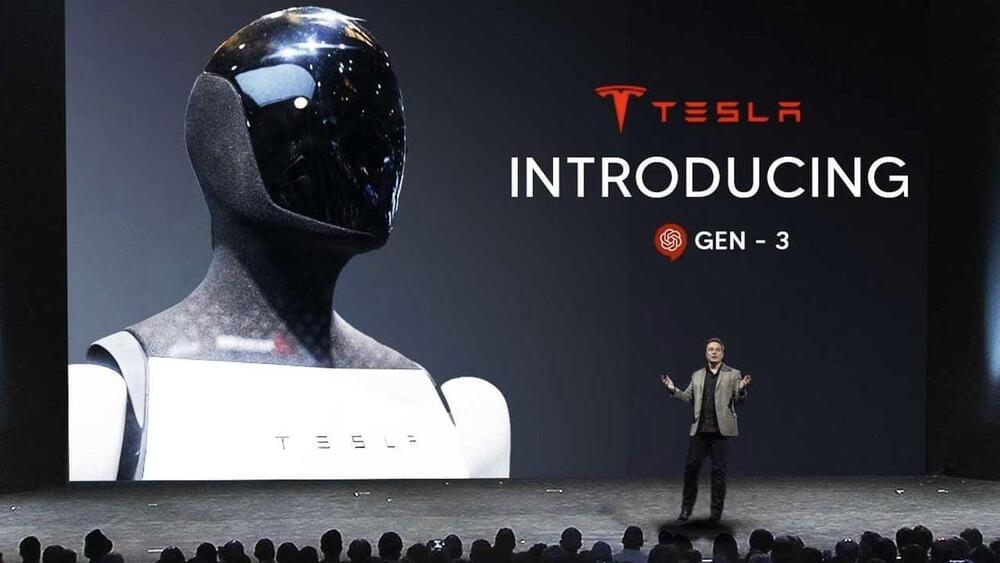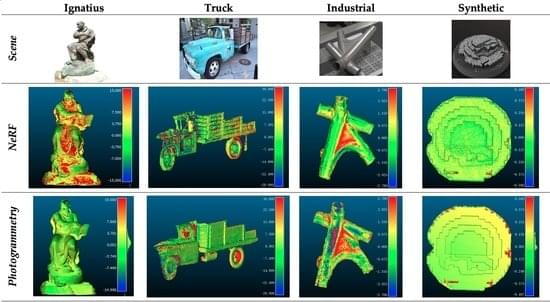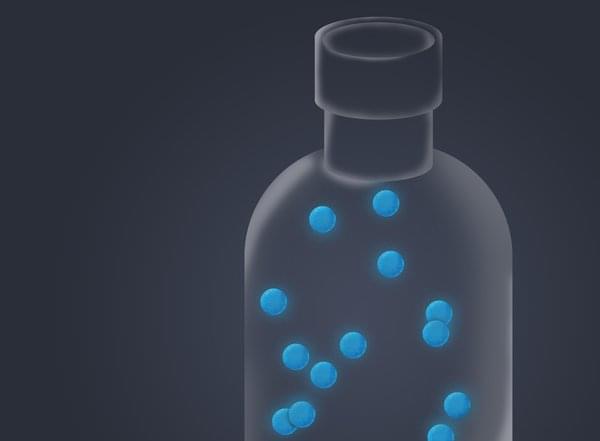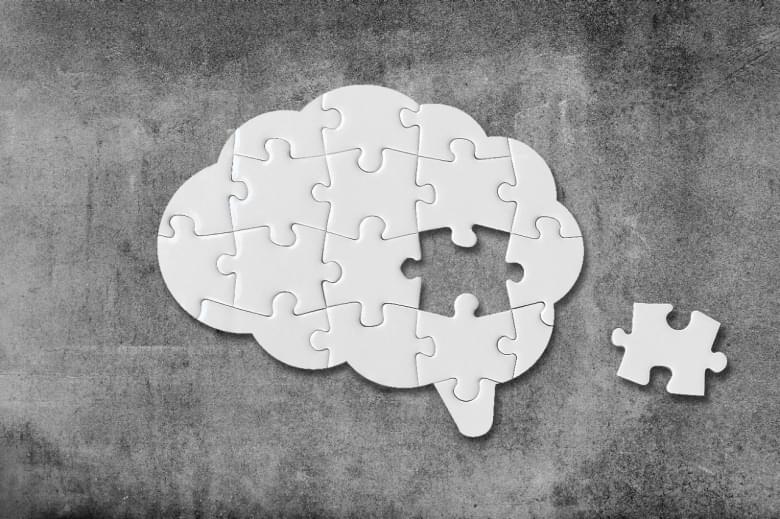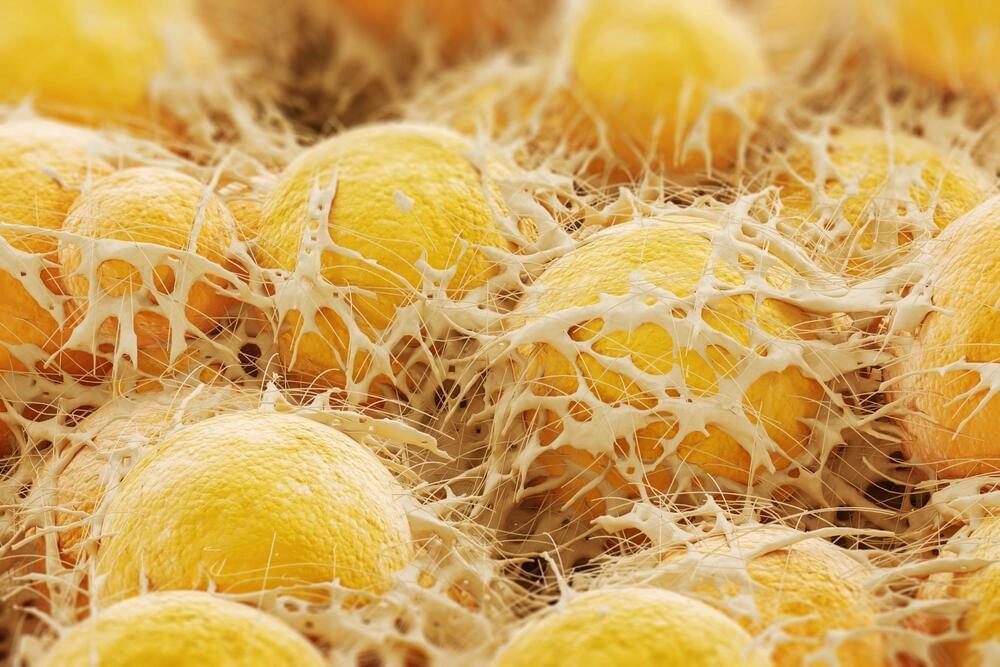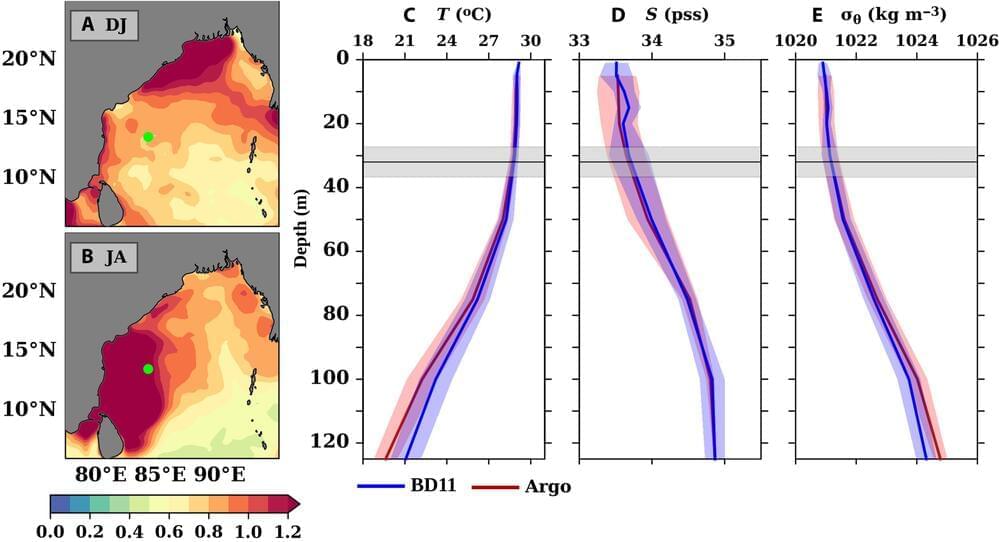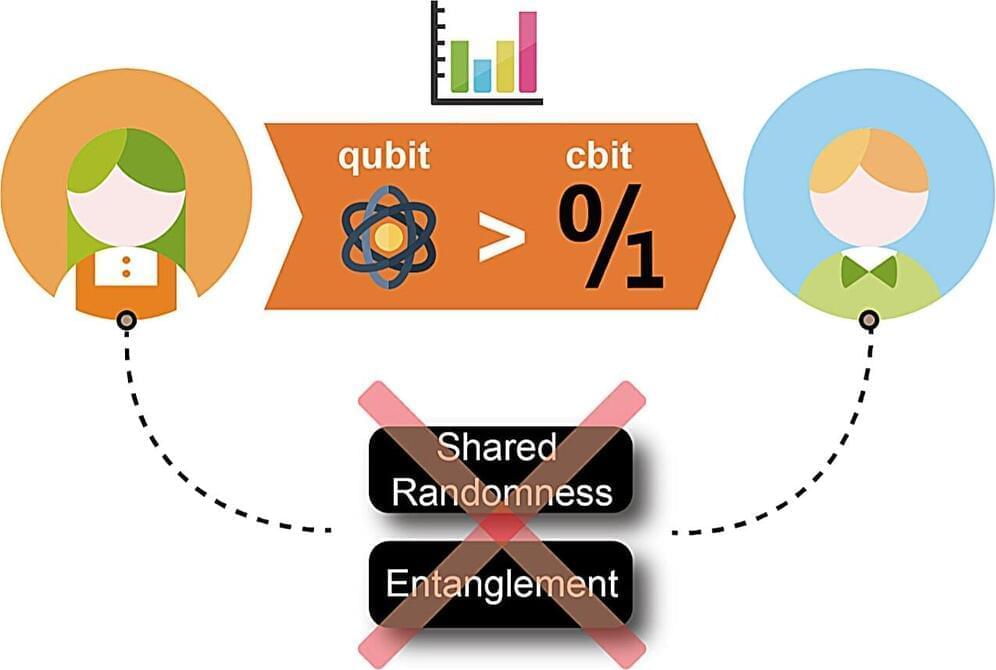Dec 3, 2024
Tesla’s GEN-3 Teslabot Stuns with Human-Like Dexterity and Precision
Posted by Shailesh Prasad in categories: robotics/AI, transportation
Tesla hasn’t unveiled its next generation human robot in the form of the app named GEN-3 Teslabot, bringing with it significant advancements in the field of humanoid robotics, merging state-of-the-art engineering with a design inspired by human anatomy. This next-generation robot demonstrates exceptional dexterity and precision, setting a new benchmark for what humanoid robots can accomplish. From catching a tennis ball mid-air to envisioning tasks like threading a needle, the Teslabot is poised to reshape how robots interact with and adapt to the world around them.
Wouldn’t it be great if robots didn’t just assemble cars or vacuum your living room but perform tasks requiring the finesse of human hands—threading a needle, playing a piano, or even catching a tennis ball mid-air. It sounds like science fiction, doesn’t it? Yet, Tesla’s latest innovation, the GEN-3 Teslabot, is bringing us closer to that reality. With its human-inspired design and new engineering, this robot is redefining what we thought machines could do.
Continue reading “Tesla’s GEN-3 Teslabot Stuns with Human-Like Dexterity and Precision” »
